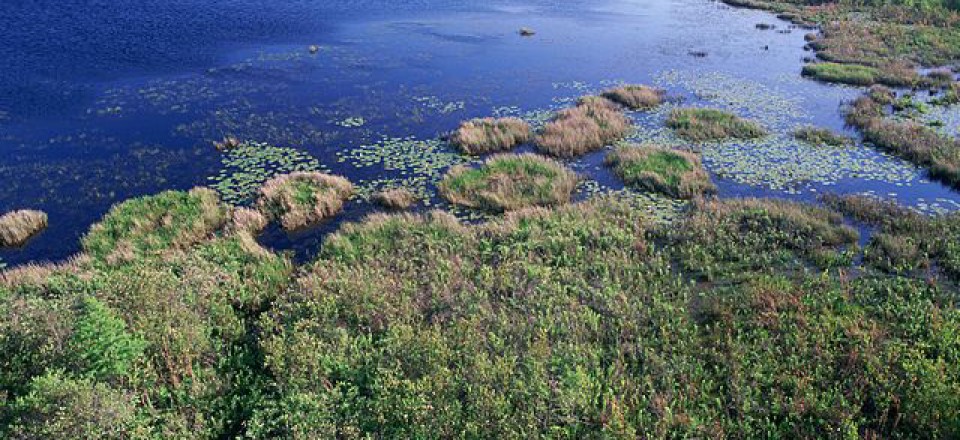“Across a range of issue areas, governments are increasingly collaborating with nonprofit organizations (NPOs) to achieve policy goals. In the environmental arena, growing concerns over nonpoint source pollution have led governments to work through NPOs rather than rely on traditional regulatory approaches. But past studies suggest that government assistance to NPOs can diminish their autonomy, flexibility, and responsiveness — the very qualities that make them attractive to policymakers. Prior research on government-NPO interactions has emphasized government funding, and it has focused largely on NPO managers and boards of directors. In this article, we examine a broader range of factors through which government assistance impacts NPOs. A comparative, longitudinal case study of collaborative watershed partnerships participating in Ohio’s state grant program indicates the varied pathways through which government institutions and actors can affect NPOs. Results suggest how government involvement impacts resources, issue definition, and organizational structure and decision processes for environmental management.”







